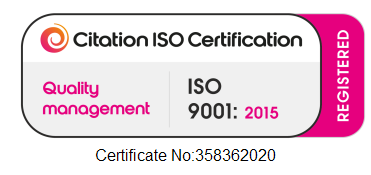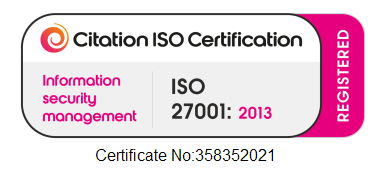As we know, in 2024, public sector departments worldwide are facing an array of complex challenges. These challenges extend far beyond traditional administrative issues, with technology playing a central role in shaping the way governments operate and serve their constituents.
In this blog post, we explore the five major technical challenges that GGMR predict are crucially confronting public sector departments this year, and shed some light on their significance and potential solutions.
1. Data Security and Privacy:
In an age of digitisation and information sharing, public sector departments are tasked with handling vast amounts of sensitive data, ranging from citizen records to financial transactions. Ensuring the security and privacy of this data has become an increasingly complex challenge.
The rise in cyber threats and data breaches poses a significant risk to public sector organisations. As more government services move online, they become attractive targets for cybercriminals. These malicious actors aim to exploit vulnerabilities in government systems to steal data, disrupt services, or even launch ransomware attacks.
To address this challenge, public sector departments must invest in robust cybersecurity measures, including advanced threat detection systems, regular security audits and staff training. Additionally, compliance with data protection regulations, such as GDPR in Europe or HIPAA in the United States, is crucial to safeguarding citizens’ privacy.
2. Digital Inclusion and Accessibility:
As governments increasingly rely on digital channels to deliver services and communicate with citizens, it’s essential to ensure that these services are accessible to everyone. Digital inclusion refers to the practice of making online resources and services available to all, regardless of their age, disability, or socio-economic status.
In 2024, public sector departments must prioritise digital inclusion and accessibility. This includes designing websites and digital interfaces with accessibility standards in mind, such as WCAG (Web Content Accessibility Guidelines). Plus, governments should provide support for citizens who may not have easy access to the internet or digital devices, ensuring that no one is left behind in the digital age.
3. Legacy System Modernisation:
Many public sector departments still rely on outdated legacy systems that are not only expensive to maintain but also prone to security vulnerabilities. Modernising these systems to meet the demands of the digital era is a formidable technical challenge.
Legacy system modernisation involves migrating data, applications and processes to more modern and efficient platforms. However, this process is often complex and time-consuming, requiring careful planning and substantial investments.
Public sector departments must develop comprehensive modernisation strategies and allocate budgets accordingly. Cloud computing, for example, can provide scalable and cost-effective solutions for hosting and managing government applications and data. Embracing modern technologies like microservices and containerisation can further streamline the process and enable greater agility.
4. Artificial Intelligence and Automation:
Artificial Intelligence (AI) and automation technologies have the potential to revolutionise public sector operations, improving efficiency and decision-making. However, their implementation presents challenges related to data governance, ethics, and workforce transformation.
Government agencies must grapple with issues surrounding the responsible use of AI. This includes addressing bias in AI algorithms and ensuring transparency in automated decision-making processes. Public sector employees may need retraining to adapt to the changing landscape, as some tasks become automated.
To harness the benefits of AI and automation while mitigating risks, public sector departments must establish clear guidelines and ethical frameworks for their use.
Fostering a culture of innovation and upskilling within the workforce will also help to ensure a smooth transition to an AI-enhanced public sector.

5. Digital Identity and Authentication:
Public sector departments must balance the need for strong authentication with the protection of personal information. Solutions like biometric authentication, two-factor authentication (2FA) and blockchain-based identity verification are emerging as potential approaches.
Collaboration with private-sector partners, including technology companies and financial institutions, can facilitate the development of secure digital identity solutions. Additionally, governments must invest in educating citizens about digital identity and the importance of protecting their personal information.





